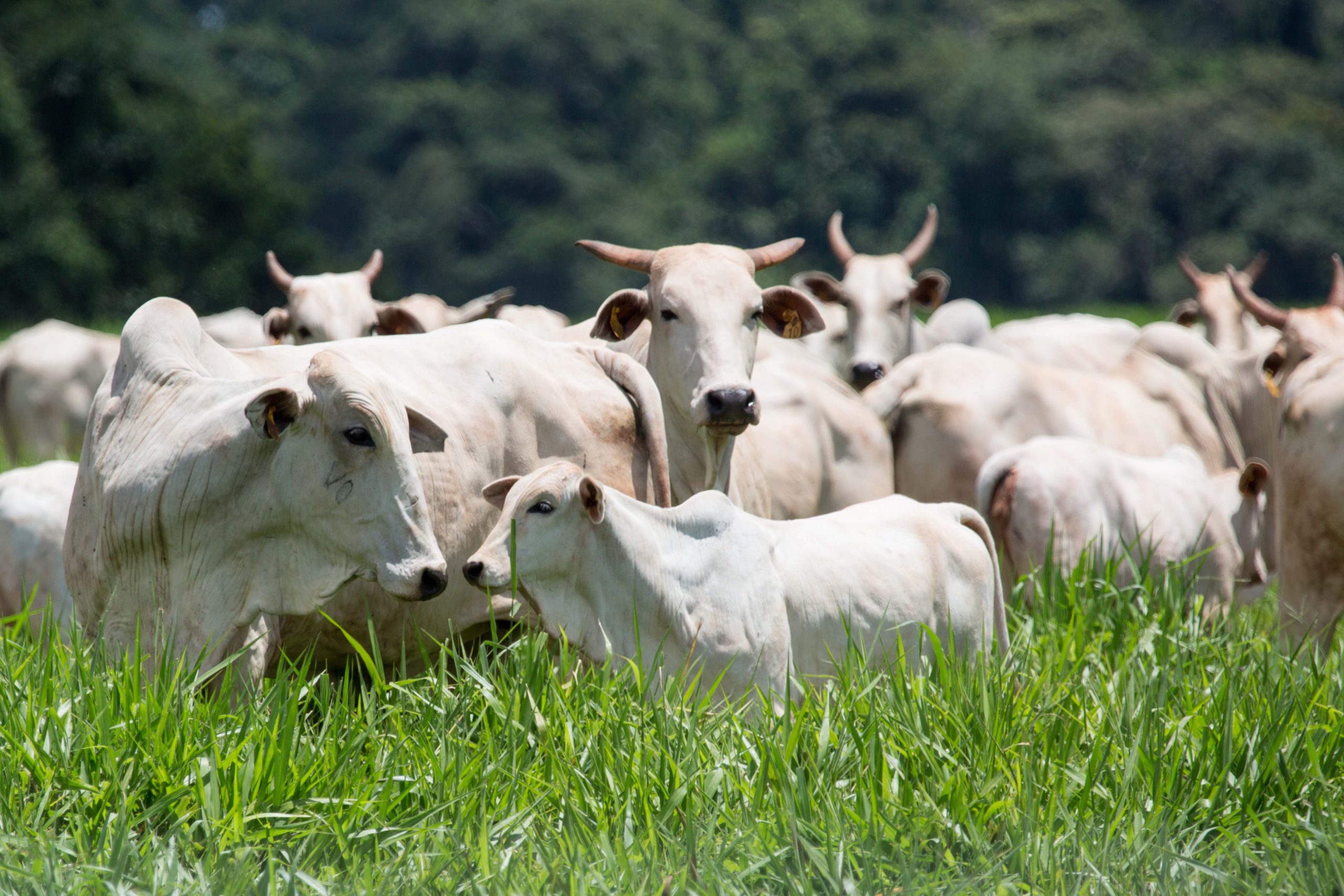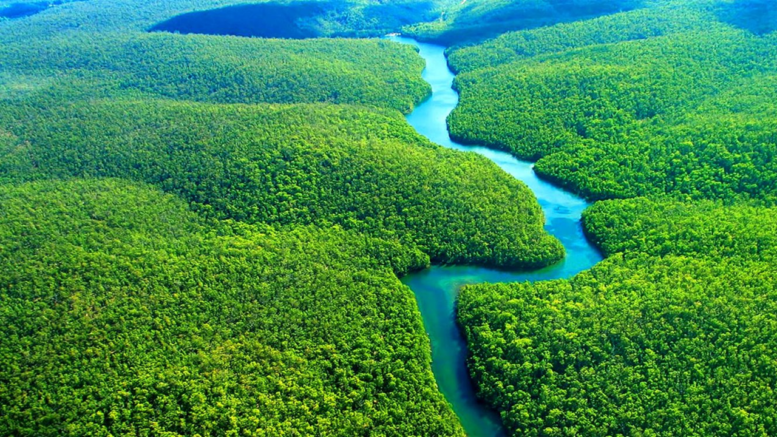WRI introduces monitoring platform that helps companies with technology that gives weekly deforestation alerts and daily fire alerts

Luiz Calado, Strategic solutions and engagement specialist at WRI
World Resources Institute owns the Global Forest Watch, an online platform with the best available data about forests. Where with the click of a button, anyone can now see when and where trees are disappearing. AgriBrasilis invited Luiz Calado, Strategic Solutions & Engagement Specialist at the Institute.
Luiz holds a bachelor’s degree from University of São Paulo (ESALQ-USP), an MBA in Business Management from Fundação Getúlio Vargas (FGV), and an MSc in Sustainable Resources: Economics, Policy and Transitions from University College London (UCL). While at the UK, he also earned a Postgraduate Certificate in Sustainable Business, from University of Cambridge.
AgriBrasilis – How can farmers gain from maintaining forests? Is there a way to turn these forests into a profitable activity?
Luiz Calado – As demand for ESG standards grows rapidly across the world, regulations will shortly follow. Equipping agribusiness to act on these changes in a way that’s easy and cost-effective will not only reduce reputational risk, it will improve credit access and ultimately enhance the bottom line.
AgriBrasilis – How does the Global Forest Watch monitoring platform work?
Luiz Calado – Global Forest Watch Pro (GFW Pro) supports businesses in reducing deforestation within commodity supply chains by empowering users, from the commodity field officers to financial Chief Risk Officers, to manage and monitor their deforestation risk. Our online management application combines timely data from Global Forest Watch with scientific research and expertise from the World Resources Institute to offer decision-making analysis at the property, supply shed and portfolio levels.
Agricultural companies and other stakeholders interested in comprehending the risk of deforestation embedded in their activities can use GFW Pro in two distinct ways:
Using tree cover loss and extent data analysis, companies can check how much deforestation occurred on a hectare basis each year since 2001, regardless of the size or region worldwide. Without any GIS experience, a user can easily import up to 1,500 locations (or a 5MB file size) to quickly analyze a large number of producers within any portfolio. A user can also analyze deforestation by investigating the supply shed of, for example, a slaughterhouse or a soybean crusher. In this way, companies operating downstream the agri-food supply chain – like retailers, manufactures and financial institutions – can easily understand the potential risk embedded in their activities.
In addition to understanding historical risk, GFW Pro can also be used to monitor deforestation in near-real-time. Users can access weekly deforestation alerts and daily fire alerts within regions or farms that they are sourcing from or investing in. This analytical capability can foster a prompt engagement between downstream companies and their suppliers in the cattle, soybean and other supply chains, facilitating the implementation of company’s sourcing and deforestation commitments.
AgriBrasilis – How to align food production for a constantly growing society with the conservation of natural areas?
Luiz Calado – We will need a paradigm shift in food production if we want to feed the global population that’s estimated to move beyond 9 billion by 2050. Of course, farmers are an essential part of creating this future of more sustainable food. We believe that increased access to data and analysis leads to better decisions and ultimately more efficient ways of operating.
We released the Global Forest Watch platform in 2014, with the goal of combining satellite data, advanced computer algorithms and the cloud computing power of Google to deliver up to date information on the status of forests worldwide. Leading companies and financial institutions noticed that the simplicity of accessing geospatial data offered essential and actionable insights for their portfolios and thus we created GFW Pro.
Read More

Traceability in cattle beef chain in BrazilRastreabilidade da cadeia produtiva de bovinos

